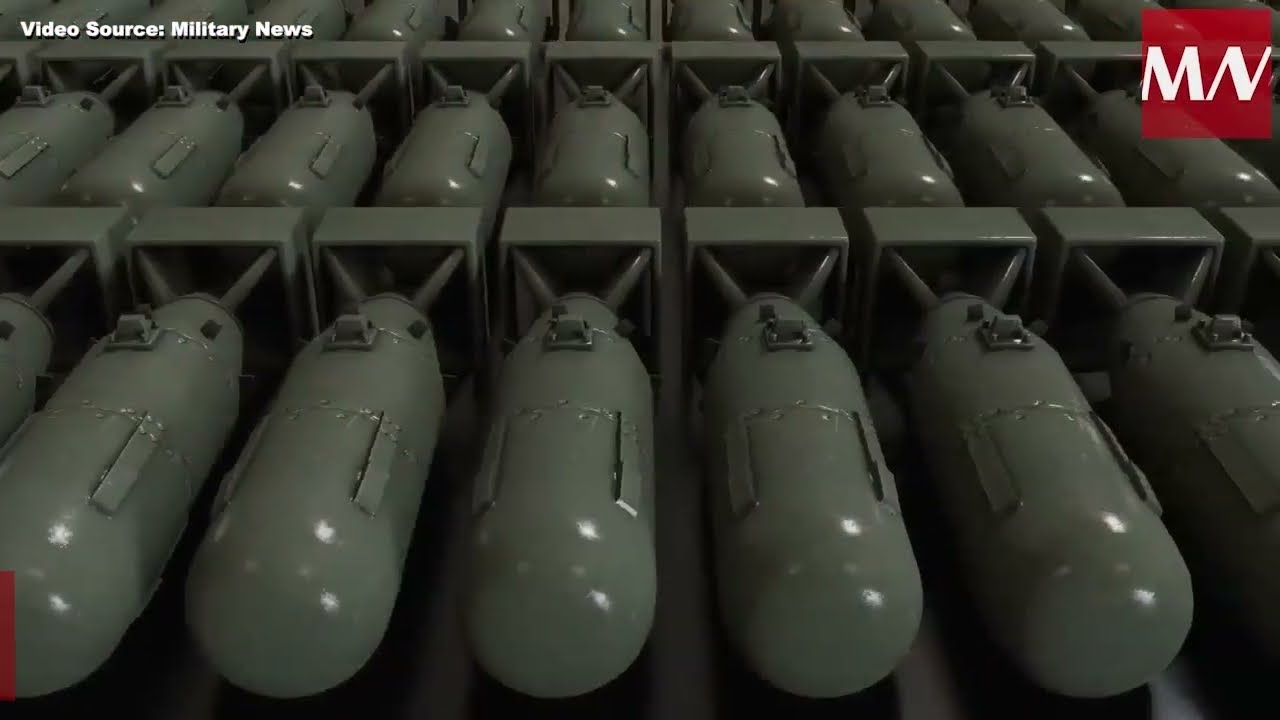Mexico makes move in heavy vehicles, sees big jump on horizon
Warning: foreach() argument must be of type array|object, bool given in /home/mexiconow/public_html/sites/mexiconow/wp-content/themes/mexiconowwpnew/single.php on line 176

MEXICONOW Staff Interview
It went from nowhere to the Top 10.
Mexico’s rise to the seventh-largest producer of heavy vehicles did not take place overnight. But the increase to nearly 140,000 units a year looks meteoric when compared to just 1,000 units 20 years ago.
Sights now focus on 300,000 a year, according to Miguel Elizalde, Executive President of Mexico’s National Association of the Manufacturers of Buses, Trucks and Tractor Trailers.
Elizalde may be on to something very big for the country – and beyond the hemisphere:

Please share the names, the players, the companies; who are the heavy duty OEM manufacturers in Mexico?
We have an association – ANPACT -- that represents the OEMs in Mexico. We have been here for 20 years and now we have 14 associates. We have the main companies worldwide. We even have a 100 percent investment Mexican company. For example, we have Freightliner; International; Kenworth; Volvo; Mack; Mercedes-Benz; Isuzu; Kino; Dina; Volkswagen, Detroit Diesel Engines, Cummings Engines -- all the main manufacturers of the world.
Mexico, according to your data, is the seventh-largest world producer of heavy duty vehicles but interestingly, the fourth-largest world exporter. What does that tell the business world about Mexico’s competitiveness when it comes to building heavy duty vehicles?
In America you have the largest producers. You have for example countries like Brazil which are larger manufacturers of heavy duty vehicles that most are used for the domestic market. Mexico’s potential for exports, obviously the location, makes 75 percent of the production for the United States market. The other 25% is exported mainly to South and Central America. But we have exported vehicles to Asia, to Africa and even to some European countries.
Twenty years ago, Mexico produced fewer than 1,000 heavy vehicle units; today annual production comes in at 138,000. Looking at the 20, what were the key developments that sparked that growth?
I think the key development was obviously NAFTA because it opened the market for the production for the heavy duty vehicles. It started mainly to produce vehicles that were sold to the United States and to Canada and all builders also sold in the domestic market.
I think the value added to this is the quality of the production of the vehicles here in Mexico. It’s no longer just the labor force that might be cheaper than in other countries. Our competitiveness is more oriented now to the quality of the vehicles and the experience.
Another key element was that Mexico started to implement a lot of negotiations for free trade agreements. Mexico is the country I think with the most free trade agreements bi-laterally in the world. This strategy opens in the next 20 years the possibility to increase the production of heavy vehicles to more than 300,000.
To what extent will Trans Pacific Partnership be critical to your goals?
There are lots of possibilities. The important details of the Trans Pacific Agreement are still being negotiated. Actually very soon there is going to be a very important meeting in Singapore and we have precautions about the TPP, especially with the new entrance of Japan as they use a different environmental technology. We see the possibility in the medium- and long-term to export vehicles to countries in Asia and the members of the TPP.

What will be critical in the next 20 years to achieve three hundred thousand?
I think the free trade agreements will help us on the medium-and long-term, but on the short term what will help us achieve the 300,000 vehicle goal is to change the rules to promote the domestic market of heavy duty vehicles. We need to see a better control and a reduction of old vehicles imported from the United States. The heavy vehicles we are importing from the United States that are really old vehicles are more than 20 years old.
The other factor is the reforms, especially the finance reform that will help us give loans to customers who right now cannot get a loan. We need to see better financing for vehicles in the domestic market to stop the import of old vehicles from the United States and that will be in the short term. On the medium- and long-term the free trade agreements will start to engage more and Mexico will export more vehicles to Asia and South America.
You mention the reforms here in Mexico to make financing easier for those to buy new vehicles, how will this work out?
We have a sustainable strategic plan. In our studies, in order to experience more extensive fleet renewal, the second most important thing is financing. I will give you an example that is right now working in Brazil. They have 95 percent of their vehicles financed at 3.5 percent interest annually. Here in Mexico the interest goes higher than 13 percent.
The other important thing here in Mexico is that 83 percent of the carriers are owner-operators and most of them have no access to credit so there has to be a change on the rules of financing , and some of them are included in the finance reform. It would give those owner-operators access to a new vehicle because if you promote financing this will surely reduce the imports of the old heavy duty vehicles from the United States.





